Investigations.
a range of options.
Photograph by Helloquence.
When you attend a cardiology clinic I will take a detailed clinical history and perform a physical examination. I will discuss possible diagnoses to explain your symptoms and advise on further investigations which may be required to confirm a final diagnosis. There is a wide range of possible investigations. Once a diagnosis has been confirmed I will explain your symptoms, discuss treatment options and answer any possible questions.
ECG
An electrocardiogram is a recording of the electrical activity of your heart. Electrode stickers are placed on your chest and connected by wires to a recording machine. Your heart’s electrical signals produce a pattern on graph paper in the ECG. By analysing the pattern of these waves, your doctor can often determine what type of arrhythmia you have. ECG testing can be done at rest, or while you are exercising on a treadmill.
24 Hour tape
To detect irregular heart rhythms, patients wear a small recording box attached to their chest by five adhesive electrode patches for 24 hours. The monitor shows changes in your heart rhythm over the course of a 24 hour period that may not be detected during a resting or exercise ECG. If your doctor wants you to have this test, you will be asked to go about your daily activities as usual (except for showering or bathing) while you wear the small, portable recorder. You will be asked to come back to the hospital the next day so that the digital recordings can be downloaded and analysed.
Event recorder
Patients carry a pager-sized event recording box so they can make a one- to two-minute recording of their heart rhythm when they actually experience symptoms. This is useful for patients with relatively infrequent and brief symptoms.
An exercise test provides information on how your heart performs during physical activity. An ECG is recorded whilst you walk on a treadmill (this is a moving belt with a handrail for balance). It starts as a slow walk up a slight slope. The pace and incline increases every three minutes. The test usually takes between 3 to 15 minutes. This is an extremely safe procedure with a very low complication rate.
Exercise Tolerance Test
This allows us to record your blood pressure over a 24h period. It gives us a true reflection of what your blood pressure really is and allows us to exclude conditions such as ‘white coat hypertension’. A blood pressure cuff is placed on your arm attached to a small box that sits on a belt. The blood pressure cuff inflates regularly over the whole 24h period and your blood pressure is recorded.
24 Hour Blood Pressure Monitoring
An echocardiogram uses sound waves to create an image of the heart. The sonographer, or the person performing the test, can then see the heart moving on a screen. The test generally takes 30 to 45 minutes, is painless and non-invasive. No preparations are necessary before an echo; you may eat or drink up to the time of the procedure. The test is conducted in a quiet, dimly lit room. You will be asked to remove your clothing from the waist up (a gown is available if required). You will lie down on a bed for the test and the sonographer will spread gel over your chest to help the sound waves penetrate to the heart. A wand (transducer) will be moved over the chest to capture the heart movements. The sound waves echo on the heart and produce the heart’s image. You will need to stay still and quiet during the test to give the best reading possible; however, you may be asked to lie or breathe in a certain way.

